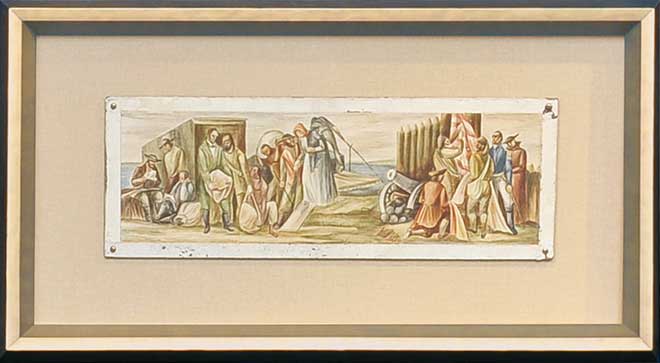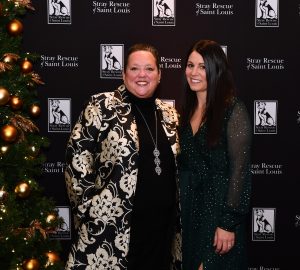
Anyone who has watched Antiques Roadshow on PBS probably dreams of finding a million-dollar treasure hidden among the bric-a-brac in the basement or attic. But how can they tell? That’s the expertise of Kodner Gallery. The local art specialists recently helped an art collector in Washington state authenticate a set of small panels as original artist representations for the mural at the downtown St. Louis post office by Chicago artists Edward Millman and Mitchell Siporin. The panels’ worth is estimated to be at least $250,000.
“For nearly 50 years we’ve been assisting the community in evaluating their items,” says gallery owner Jonathan Kodner. “We try to provide insight into what someone may have and what its value may be. Whether it’s an important or valuable item or not, it’s always a learning process.” About half of the art, antique furniture, jewelry, quilts, rugs, musical instruments and other collectibles customers bring in for evaluation are valuable, Kodner says. “You get the good with the bad, but it’s always interesting and fun.” People wanting to differentiate between trash and treasure should look for four basic clues, he says.
Kodner Gallery provides free verbal evaluations and no appointment is necessary, Kodner says. Just call ahead during regular business hours to confirm that an appraiser is available. If his staff is unable to make an informed estimate of an item’s worth, they will refer to another specialist. “Never assume anything,” he says. “Listen to your instinct and intuition, and then get a professional’s opinion.”
treasure clues
1. Examine the object for identifying markings, such as signatures or labels. Pieces clearly belonging to an artist, workshop or manufacturer of note, such as Tiffany & Co., Rockwood or Henredon, are likely to have value. But not all valuable items have these clear markings, so don’t discard something simply because it lacks one, Kodner advises.
2. Consider the quality of the item. Excellent craftsmanship, including high-end materials or handmade details like carved wood, can be indicators of value.
3. Consider its condition, Kodner says. The closer an item is to its original state, the better. If you think you have something of value, keep it in a cool, low-humidity area and use only acid-free materials and filtered protective glass or plexiglass to enclose it until you can have it appraised. “When we look at the item, we can refer you to a conservator or restorer if its condition needs work,” Kodner says.
4. Finally, investigate the item’s provenance, or history. “Ask yourself why it was created and why it was relevant,” he says. “The story can add to the historical importance of the object.” Anyone can do initial research online or at the library, but only an expert can definitively appraise an item, he adds.
Pictured: Artist representations for the St. Louis Post office mural by artists Edward Millman and Mitchell Siporin







